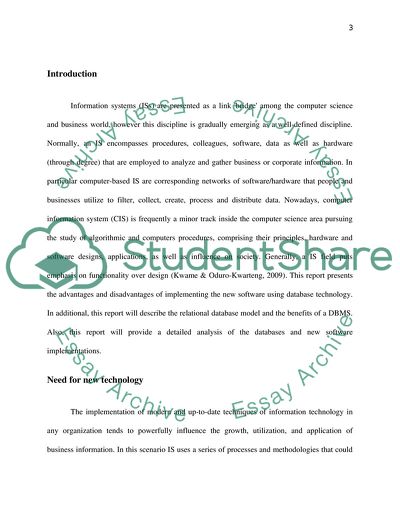Cite this document
(Database and Booking System Case Study Example | Topics and Well Written Essays - 1250 words, n.d.)
Database and Booking System Case Study Example | Topics and Well Written Essays - 1250 words. Retrieved from https://studentshare.org/information-technology/1563245-database-applications
Database and Booking System Case Study Example | Topics and Well Written Essays - 1250 words. Retrieved from https://studentshare.org/information-technology/1563245-database-applications
(Database and Booking System Case Study Example | Topics and Well Written Essays - 1250 Words)
Database and Booking System Case Study Example | Topics and Well Written Essays - 1250 Words. https://studentshare.org/information-technology/1563245-database-applications.
Database and Booking System Case Study Example | Topics and Well Written Essays - 1250 Words. https://studentshare.org/information-technology/1563245-database-applications.
“Database and Booking System Case Study Example | Topics and Well Written Essays - 1250 Words”, n.d. https://studentshare.org/information-technology/1563245-database-applications.


